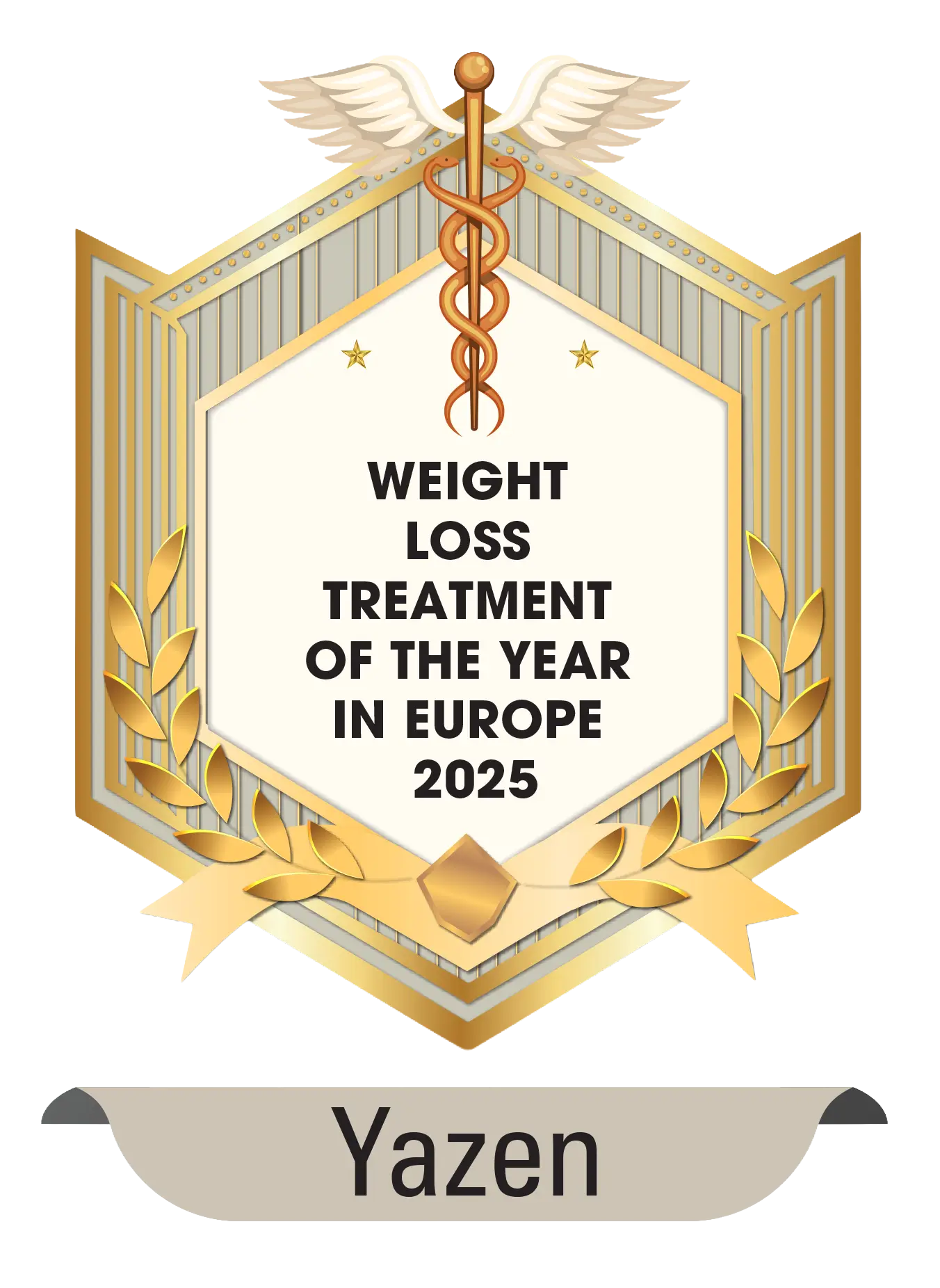
Strength training can bring many positive effects for health. For instance, by strength training you can become stronger, more injury-free, have better posture, and stabilise your weight.
A combination of a nutritious and protein-rich diet together with strength training creates a good foundation for preserving muscles in the body. Preserving muscles is of particular interest during weight loss to avoid what is known as normal weight obesity, meaning that one loses a too large proportion of weight in muscles compared to fat. It is precisely a large proportion of fat weight that can lead to health risks. Muscles have so many more health benefits than those associated with movement. Muscle training can contribute to positive effects on mood, blood sugar, blood lipids, blood vessels, and the immune system.
To be effective, you don't need a super advanced training programme with high-tech training equipment. You can start by training at home and then gradually add more resistance/weights to develop your training. Examples of simpler training equipment that fits at home include resistance bands, rubber bands, dumbbells, kettlebells.
Generally, it is recommended to train the larger muscle groups 2-3 times a week. By combining the body's basic movements; pulling, pressing, bending the knees, hinging from the hip, and including some abdominal exercises, you will train the body's larger muscle groups in a versatile manner. These movements recur whether you are training in machines at the gym or following a training schedule at home. They are also movements you often find useful in everyday life such as carrying and lifting grocery bags, walking up stairs, and more.
Below are tips on some good exercises that involve several larger muscle groups. Perform 5-15 repetitions (reps), rest for about 1 minute and repeat 2-3 rounds (sets). Feel that you are exerting yourself and becoming tired in the muscles during the last repetitions of each set. If you want to increase the load/intensity, feel free to use some form of weight/resistance.

Squats. Stand with proud posture, hip-width or wider stance. Engage the core, maintaining a neutral/straight back throughout. Sit back/down until hips are at knee level. Press back to starting position by pushing heels into the floor.

Hip thrust with or without weights. Lie down and pull your feet towards you, bending your knees. Press your heels into the floor and lift your hips towards the ceiling while engaging your glutes. Lower down and repeat. For a more challenging version, you can extend one leg parallel to the thigh on the opposite side and/or add weight. Lift your hips towards the ceiling and aim to maintain even height on both sides.

Resistance band row. Lean your upper body forward with a neutral straight back from the hips. Knees can be slightly bent. Stand on the middle of the resistance band with hip-width distance between your feet. Grip the band to feel resistance. Pull your elbows up along the sides close to yourself until your hands are at hip level. Lower with control again.

Push-ups. Place your hands just outside your shoulders. Keep your body straight by engaging your glutes, thighs, and core. Lower yourself towards the floor and then press back up without bending at the hips. Keep your neck in line with the rest of your body by looking slightly down at the floor.

Back extension. Lie down on your stomach with your arms stretched out in front of you. Let your gaze go diagonally down towards the floor and lift your upper body while simultaneously performing a backward swimming motion in a circular movement as far as possible. Return back and lower your upper body. If you wish, you can use a lighter weight that you transport around you like a relay baton from hand to hand.

Diagonal crunch. Lie on your back and place your hands behind your ears. Crunch diagonally so that your right elbow moves towards your left knee. Lower back down and switch to the other side. Feel that your lower back maintains contact with the surface while your shoulder blades alternately leave the floor.

April 5, 2024
December 4, 2025
Start your weight loss journey with Yazen today
Everything you need to do is to create an account and answer some questions about your health
.svg)
.svg)




.svg)








